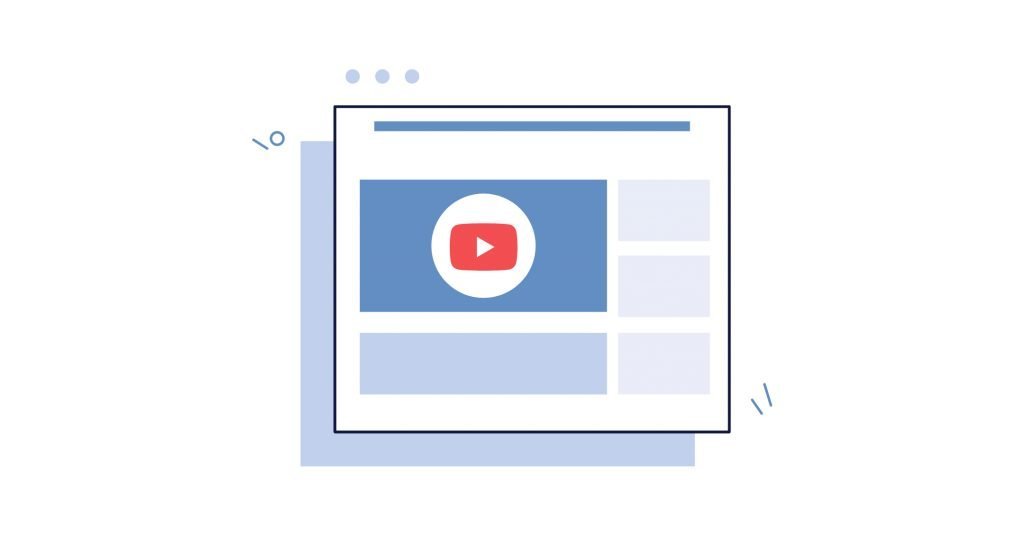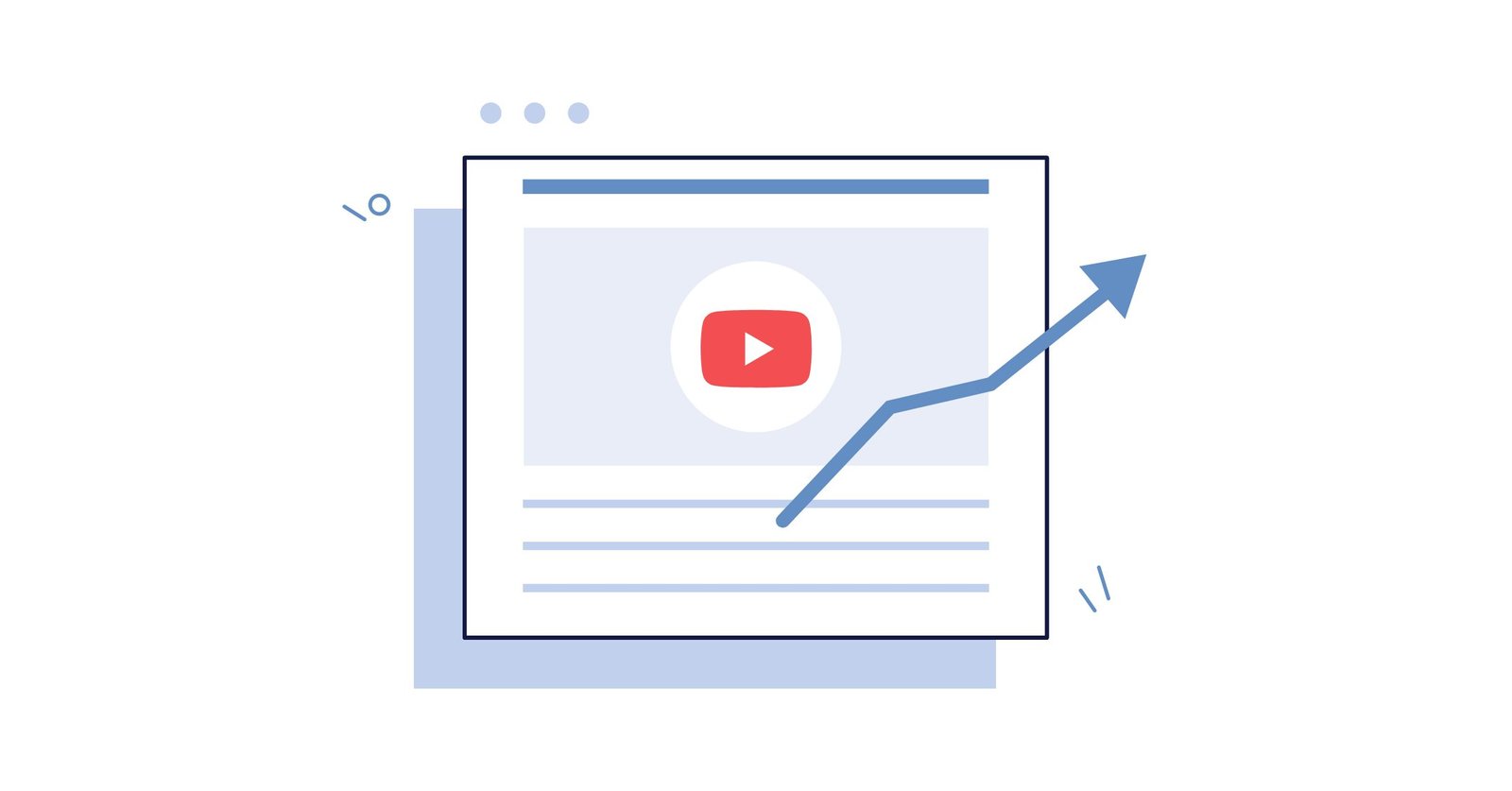YouTube isn’t just about uploading videos anymore. With over 2.7 billion active users, standing out requires a strategic approach to both content creation and channel management. Whether you’re a seasoned creator or just starting out, regularly auditing and optimizing your channel is crucial for sustainable growth.
Most creators focus solely on making videos, but they overlook the technical and analytical side of channel management. A comprehensive audit reveals what’s working, what’s not, and where you’re losing potential subscribers. Let’s dive into how you can transform your YouTube presence with a systematic approach.

Why YouTube Channel Audits Matter
Think of a channel audit as a health check for your content. Just like you wouldn’t ignore warning signs about your physical health, you shouldn’t ignore the signals your YouTube analytics are sending. Regular audits help you identify underperforming content, spot trending topics in your niche, and understand your audience better.
Many creators notice their growth plateauing and can’t figure out why. The problem often lies in outdated strategies, inconsistent branding, or audience mismatch. An audit brings these issues to light before they become major obstacles.
Step 1: Analyze Your Subscriber Quality
Not all subscribers are created equal. While it’s tempting to celebrate every new follower, the quality of your audience matters more than the quantity. Fake or inactive subscribers can actually hurt your channel by reducing engagement rates and skewing your analytics.
This is where understanding your true audience becomes critical. You can use a YouTube subscriber checker by Gleemo to assess the authenticity of your follower base. Knowing who’s genuinely interested in your content helps you make better decisions about future videos.
Inactive or bot accounts dilute your engagement metrics, which YouTube‘s algorithm notices. When your engagement rate drops, the algorithm is less likely to recommend your videos to new viewers. Cleaning up your subscriber list mentally (you can’t remove subscribers, but you can understand the true picture) helps you set realistic goals.
Step 2: Review Your Content Performance
Once you understand your audience quality, it’s time to look at what content resonates. Open your YouTube Analytics and sort videos by watch time, not just views. A video with 10,000 views but a 20% average view duration is less valuable than one with 5,000 views and 60% retention.
Look for patterns in your top-performing videos. Are they tutorials, vlogs, or reviews? What topics generate the most comments and shares? These insights tell you what your audience actually wants, not what you think they want.
Don’t be afraid to let go of content formats that aren’t working. If your audience skips your intro every time, shorten it. If certain topics consistently underperform, pivot your strategy. YouTube rewards creators who adapt based on data, not those who stubbornly stick to failing formats.
Step 3: Evaluate Your Channel Branding
Your channel is often the first impression potential subscribers get. Does your banner clearly communicate what your channel is about? Is your profile picture professional and recognizable at thumbnail size? These details might seem minor, but they significantly impact conversion rates.
Check if your “About” section is optimized with relevant keywords and a clear value proposition. Many creators write vague descriptions like “I make videos about stuff I like,” which does nothing for discoverability. Instead, be specific: “Weekly tutorials on [specific topic] for [target audience].”
Your channel trailer is another critical element most creators neglect. This 30-60 second video should hook new visitors immediately and give them a compelling reason to subscribe. If you don’t have one, create it. If you do, make sure it’s still relevant to your current content direction.
Step 4: Audit Your SEO and Metadata
YouTube is the second-largest search engine in the world, yet many creators treat titles and descriptions as afterthoughts. Every video should have a keyword-rich title that’s both searchable and clickable. There’s an art to balancing SEO with human appeal.
Review your video tags and descriptions. Are you using relevant keywords? Do your descriptions include timestamps, links, and a clear summary of the video content? These elements help both the algorithm and viewers understand what your video offers.
Your playlists also play a crucial role in SEO. Organized playlists keep viewers on your channel longer and make it easier for new audiences to find related content. If you haven’t created playlists or they’re outdated, this is a quick win for optimization.
Step 5: Optimize Your Visual Elements
Thumbnails can make or break your video’s performance. Studies show that 90% of the best-performing videos on YouTube have custom thumbnails. Your thumbnail is competing with hundreds of other videos in search results and suggested feeds, so it needs to stand out immediately.
Creating eye-catching, professional thumbnails doesn’t require expensive software. You can use a YouTube thumbnail maker to design compelling visuals that maintain consistency across your channel. Consistent thumbnail styling helps build brand recognition and makes your content instantly identifiable.
Test different thumbnail styles to see what works best for your audience. Some niches respond well to faces and emotions, while others perform better with text overlays and bold colors. A/B testing thumbnails (YouTube allows you to swap them) can significantly boost click-through rates.
Step 6: Analyze Your Posting Schedule
Consistency matters on YouTube, but so does timing. Look at your analytics to see when your audience is most active. Posting when your subscribers are online gives your video an initial engagement boost, which signals to the algorithm that it’s worth promoting.
Many creators burn out trying to maintain unrealistic upload schedules. It’s better to post one high-quality video per week than four mediocre ones. Quality always trumps quantity, especially as competition on the platform intensifies.
Take Action on Your Findings
An audit is only valuable if you act on what you discover. Create a prioritized list of improvements based on potential impact and ease of implementation. Maybe you need to improve your thumbnails first, or perhaps fixing your video descriptions will give you the quickest wins.
Set specific, measurable goals for the next 90 days. Instead of “grow my channel,” aim for “increase average view duration by 15%” or “improve click-through rate to 6%.” These concrete targets make it easier to track progress and adjust your strategy.
Remember, optimization is an ongoing process, not a one-time fix. Schedule quarterly audits to stay on top of changes in your channel performance and YouTube’s evolving algorithm. The creators who succeed long-term are those who continuously adapt and improve.
Your YouTube channel has incredible potential, but unlocking it requires more than just creating great content. By regularly auditing your performance and optimizing based on data, you’ll build a sustainable, growing channel that reaches the right audience with the right message.

